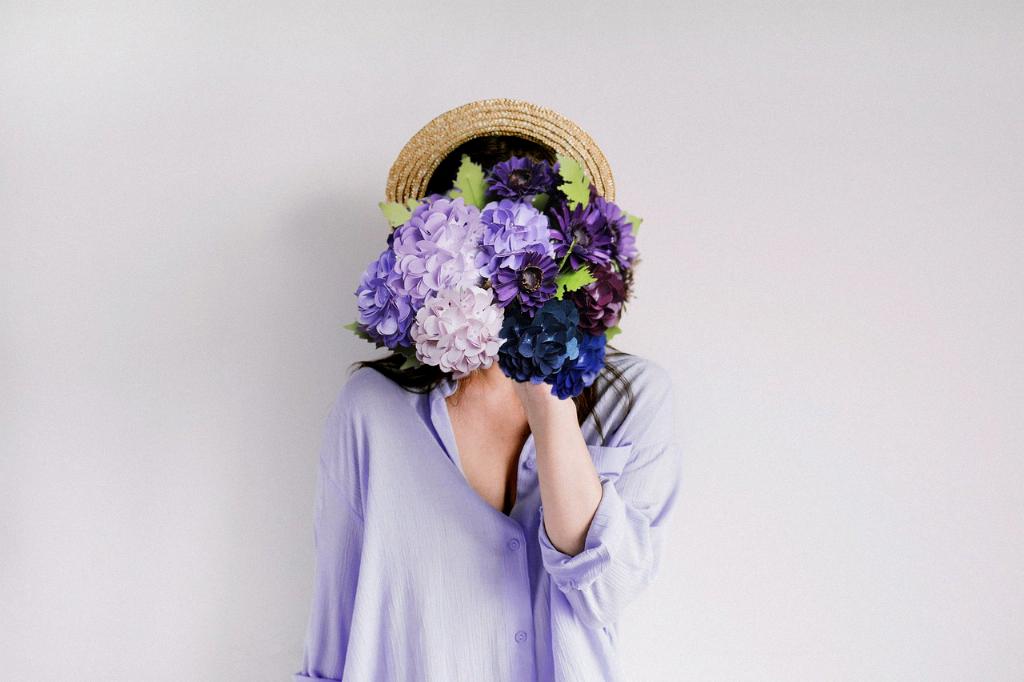Hydrangeas are beloved for their stunning blooms, but it can be frustrating when your hydrangea isn’t flowering as expected. There are several common reasons why your hydrangea may not be blooming, and understanding these factors can help you troubleshoot the issue and get your hydrangea back to its blooming best.
1. Temperature Sensitivity
One of the key reasons why your hydrangea may not be blooming is due to temperature fluctuations. Hydrangeas are sensitive to cold temperatures, especially in the spring. If the buds are exposed to freezing temperatures, it can damage or kill them, resulting in a lack of blooms.
2. Lack of Light
Hydrangeas need adequate sunlight to bloom. A lack of sunlight can hinder the plant’s ability to produce flowers. Make sure your hydrangea is getting at least 3-4 hours of sunlight per day to support blooming.
3. Improper Pruning
Pruning at the wrong time or too aggressively can remove potential flower buds, leading to a lack of blooms. Make sure you are following the correct pruning guidelines for your specific hydrangea variety to avoid hindering blooming.
4. Nutrient Deficiencies
A lack of essential nutrients, such as phosphorus, can impact flower production in hydrangeas. Consider testing your soil and providing appropriate fertilization to ensure your hydrangea has the necessary nutrients for blooming.
5. Watering Issues
Inconsistent or improper watering can stress the plant and affect its ability to bloom. Make sure your hydrangea is receiving adequate water, especially during hot and dry periods, to support healthy blooming.
6. Age of the Plant
Young hydrangea plants may take some time to establish themselves before they start blooming consistently. If you have recently planted a hydrangea, be patient and give it time to mature and develop blooms.
7. Disease or Pest Infestations
Diseases or pest infestations can weaken the plant and disrupt its blooming cycle. Keep an eye out for any signs of disease or pest damage and address them promptly to support healthy blooming.
8. Environmental Stress
Environmental factors such as extreme heat or drought can stress the plant and impact its ability to bloom. Provide adequate protection and care during challenging environmental conditions to support blooming.
9. Wrong Hydrangea Variety
Not all hydrangea varieties bloom at the same time or under the same conditions. Make sure you have selected a hydrangea variety that is suitable for your climate and growing conditions to ensure optimal blooming.
10. Overcrowding
If your hydrangea is overcrowded or competing with other plants for resources, it may struggle to bloom. Consider spacing out your plants and providing adequate room for healthy growth and blooming.
11. Seasonal Variability
Some hydrangea varieties bloom on old wood, while others bloom on new wood. Understanding the blooming habits of your specific hydrangea variety can help you anticipate when to expect blooms and how to support blooming.

12. Patience and Care
Finally, remember that hydrangeas, like all plants, require time, patience, and care to thrive and bloom. By addressing the potential issues outlined above, providing proper care and maintenance, and being patient with your hydrangea, you can encourage it to bloom beautifully year after year.
